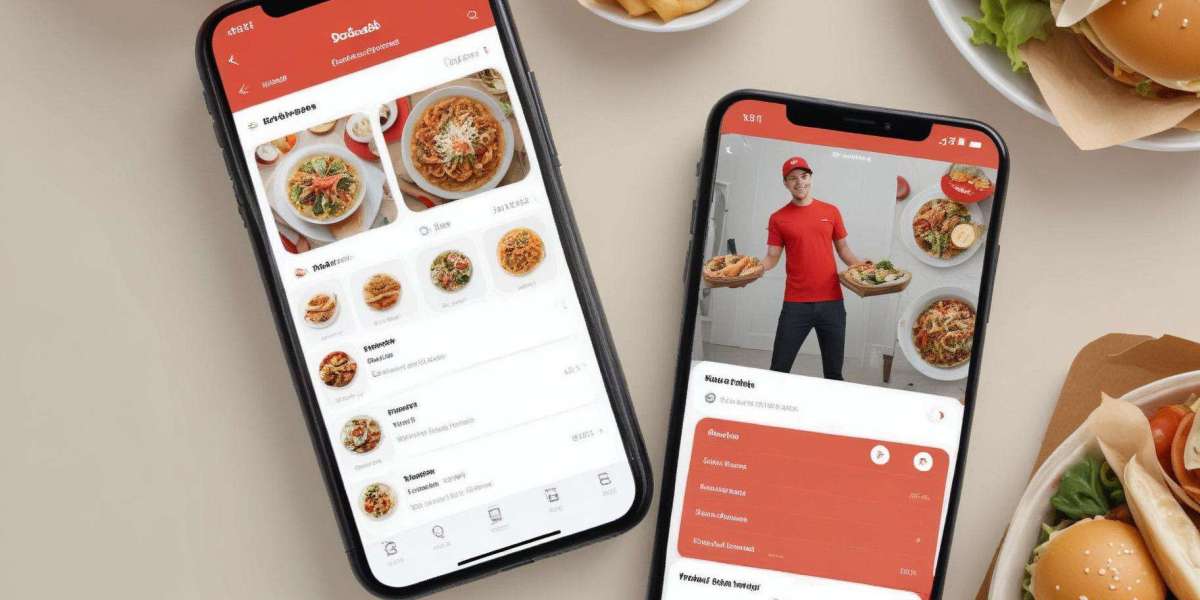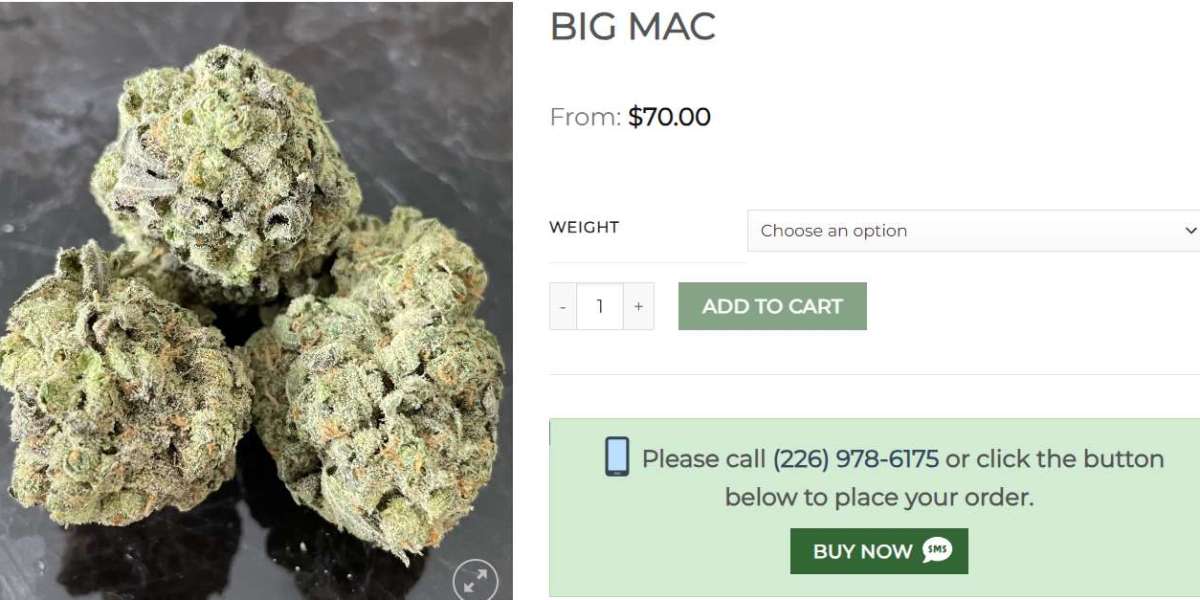Hey there! where I'll be sharing the marketing strategies that helped my DoorDash clone reach impressive heights. If you're an entrepreneur or a marketer looking for some tried-and-true tips, you're in the right place. Over the past year, I've learned a lot about what works (and what doesn't) when it comes to promoting a food delivery app. So, let's dive into the strategies that made a significant difference in my journey.
1. Identifying My Target Audience
Understanding my target audience was the first and most crucial step in my marketing journey. I couldn't just throw a wide net and hope for the best; I needed to know exactly who I was trying to reach. To do this, I conducted thorough research and data analysis. I looked at demographics like age, gender, and location, as well as psychographics, which included lifestyle, interests, and behaviors.
For instance, I found that my primary users were young professionals and college students who valued convenience and time-saving solutions. This insight helped me tailor my marketing messages to resonate with their specific needs and preferences.
2. Crafting a Unique Value Proposition
Creating a unique value proposition (UVP) was all about standing out in a crowded market. I had to pinpoint what made my app different from other food delivery services. After some brainstorming and feedback from early users, I realized that our local partnerships with smaller, beloved eateries were a huge draw. Unlike big players focusing on major chains, we brought users exclusive access to hidden gems in their neighborhoods.
My UVP became: "Experience your favorite local flavors delivered fast and fresh." This not only highlighted our unique offerings but also built an emotional connection with users who love supporting local businesses.
3. Leveraging Social Media Marketing
Social media played a pivotal role in my marketing strategy. Platforms like Instagram, Facebook, and Twitter allowed me to engage with my audience on a personal level. I focused on creating visually appealing content, like high-quality photos of delicious meals, behind-the-scenes looks at our partner restaurants, and user-generated content showcasing happy customers.
One of the most successful campaigns I ran was a photo contest where users shared their best food delivery moments for a chance to win free meals. The engagement was incredible, and it not only increased our visibility but also fostered a sense of community.
4. Utilizing Influencer Partnerships
Collaborating with influencers was a game-changer. I carefully selected influencers whose followers matched my target demographics. These partnerships helped us reach a broader audience and added credibility to our brand.
One memorable partnership was with a popular local food blogger who did a week-long series featuring different dishes available on our app. The buzz generated from their posts led to a noticeable spike in downloads and orders. Influencers' authentic endorsements made a huge impact on our visibility and user acquisition.
5. Implementing Search Engine Optimization (SEO)
SEO was essential for improving our online visibility. I started by conducting keyword research to identify the terms potential users were searching for. Then, I optimized our website and app store descriptions with these keywords.
Content creation was another crucial aspect. I regularly published blog posts about food trends, local restaurant reviews, and tips for using our app effectively. This not only boosted our search engine rankings but also provided valuable information to our users. The results were clear – we saw a steady increase in organic traffic and app downloads.
6. Running Targeted Ad Campaigns
Paid advertising was a key part of my strategy. I used Google Ads and social media ads to reach my target audience. Creating effective ad campaigns involved a lot of trial and error. I ran multiple A/B tests to see which ad creatives and messages resonated best with users.
For example, I found that ads featuring mouth-watering images of food paired with limited-time discounts performed exceptionally well. By continuously optimizing our ads based on performance data, we achieved a higher return on investment and attracted a significant number of new users.
7. Building and Nurturing an Email List
Email marketing was a powerful tool for maintaining customer relationships. I started building my email list from day one by offering incentives like exclusive discounts for subscribers.
Regular newsletters kept our users informed about new restaurant partnerships, special promotions, and app updates. Personalized emails, such as birthday offers and recommendations based on past orders, helped build a loyal user base. These efforts paid off with high open rates and consistent repeat orders.
8. Creating a Referral Program
A referral program turned out to be a fantastic growth driver. Happy customers were more than willing to spread the word in exchange for rewards. I designed a simple and attractive referral system where both the referrer and the new user received discounts on their next orders.
One of the most successful stories was when we partnered with a popular local event. Attendees received referral codes in their goodie bags, leading to a surge in new users. The program's metrics showed impressive results, with referral-based users exhibiting higher retention rates.
9. Engaging with the Community
Community engagement was crucial for building brand loyalty. I actively participated in local events, sponsored community activities, and collaborated with local organizations. These efforts not only increased our brand's visibility but also strengthened our reputation as a community-focused business.
For example, sponsoring a local food festival allowed us to showcase our app and connect with potential users face-to-face. This personal touch significantly boosted our brand's image and user engagement.
10. Collecting and Acting on Feedback
Customer feedback was invaluable for continuous improvement. I used surveys, in-app reviews, and direct user interactions to gather insights. Listening to my customers helped me identify pain points and areas for enhancement.
For instance, users frequently requested a feature to track their delivery in real-time. Implementing this feature not only improved user satisfaction but also reduced customer support inquiries. Acting on feedback demonstrated that we valued our users' opinions, fostering trust and loyalty.
Wrapping Up My Marketing Journey
Reflecting on my marketing journey, the key takeaways are clear: understand your audience, differentiate your offering, leverage social media, collaborate with influencers, optimize for search engines, run targeted ads, build an email list, create a referral program, engage with the community, and always listen to feedback.
If you're an entrepreneur or marketer, I encourage you to experiment with these strategies and find what works best for your unique situation. Success doesn't come overnight, but with persistence and creativity, you can achieve great results. Keep pushing forward, and don't be afraid to try new things. Best of luck on your marketing journey!









